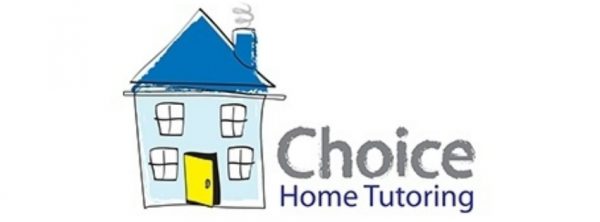Students with Special Educational Needs are beginning to be better supported in a mainstream school environment which is a sign of fantastic, if somewhat overdue, progress. However, schools have recently closed (again!), and closed somewhat suddenly, which means that not everyone had the time to prepare differentiated resources.
There are many different kinds of SEN that impact people in different ways, from increased challenges in accessing written material through to hurdles such as fast-moving thought processes that can present as a low concentration span. These challenges can also present enormous opportunities for people – whether that is a passion for and specialised knowledge in a particular area, or different kinds of creativity that not everyone is gifted with.
I will not attempt to cover every kind of special educational need in this article but, from my years of working with students who have a range of needs, I can summarise some of the main strategies that work. If you’ve been suddenly thrown into the role of full time educational professional then I hope these tips go some way to making that role easier for you:
Differentiating resources
‘Differentiation’ is a word that gets thrown around a lot but I really wouldn’t blame you for being unclear on its meaning. Simply put, differentiating resources is when you make reasonable adjustments to people’s work so that they can access it. This will look different for each individual student. For example, a student may struggle with reading but there are lots of different ways resources could be differentiated. It may be they need the text enlarged, a coloured overlay, simplified text, or to have the text broken down across more pages so there isn’t such a large chunk… the list goes on! It may also be that they can access the text in the exact same way but just need an extra step put in beforehand. They might be able to read a comprehension passage for example, but you know they’ll struggle to understand key vocabulary. Try putting in a word game beforehand that covers those tricky words, so when they come to the passage itself they understand what’s going on. This may be looking at word roots, matching tricky words to pictures, or looking at more challenging vocab in a familiar context. The same ideas also apply for maths skills and other subjects. You can differentiate resources at home to support students so that they feel confident engaging with their work.
Playing to students strengths
The world would be a very boring place if everyone had the same interests so play to your child’s strengths and encourage what they’re naturally interested in. The pressure of the national curriculum was just taken away, so give them time to learn what they love. Some SEN students really struggle with independent learning and that’s an important skill to practice! Offer them some guidance and then set them off on a little research project about something they’re genuinely interested in.
Sneaking education into brain breaks
It’s really important to give all children brain breaks, but for children with SEN it’s absolutely vital because you don’t want to overwhelm them or create anxiety with an information overload. Brain breaks can be as simple as time on a computer or to run outside, OR you can try sneaking education into the mix. If you have a child that loves computers then programmes like Blocks are a great tool for practising IT and maths skills. If your child can be competitive then try out some different games. A personal favourite is memory games because they’re great for learning but don’t feel like a chore. A couple of classics are ‘the shopping game’ where you go round in a group (or a pair!) and add one more thing to the shopping list each time. This can be tailored to what individuals are interested in – it could be adding a famous footballer to the list each time, or a new designer… Another classic, is to get them to look around the room they’re in, close their eyes, take something away and hide it. They have to guess what has gone missing which is great for observational skills. Even if students are reluctant to try them, they quickly become addictive for everyone to play and focus the mind away from work.
Making learning visual
A lot of SEN students really benefit from having things visualised – this might be watching videos, drawing things out or even acting them out. Knowledge stuck on a page can seem empty and lacking context, so try and think of ways it can be brought into context. There’s the age old example of baking to visualise different kinds of science and maths skills from ratios, to fractions. It could be lots of different things though: printing out a favourite film script and acting it out to help with literacy, making a cell out of cardboard and bits you have lying around the house, or drawing out a timeline for history, complete with character profiles and favourite quotes.
Checking for understanding
It’s really important to make sure that students are taking in what you’re teaching them. Fortunately, there are lots of different ways that you can check for understanding! Classic methods include: through a little exam, test or quiz. Then there are slightly more relaxed methods: getting children to teach something back to you or to someone else, getting them to apply what they learnt later in a different context (the best way if you can make it work!!) or coming back to it another day and seeing how they do with a fresh activity. Some SEN children will take a little longer to absorb, process and/ or apply information. That’s absolutely fine! Don’t panic if it doesn’t seem to be going in straight away. Give your child and yourself time, and keep breaking up the knowledge in different ways so they have chance to get to grips with it.

